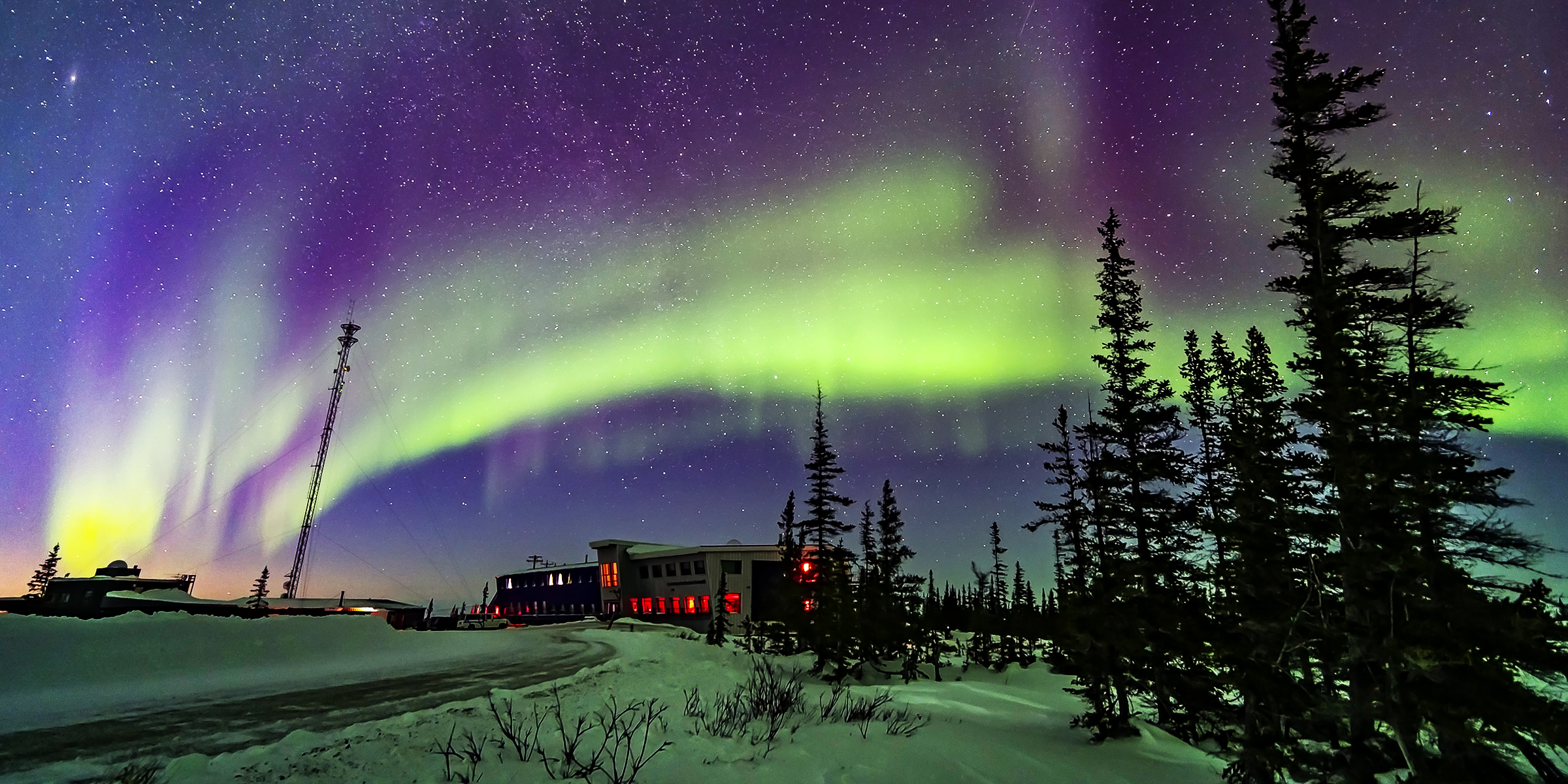
In addition to releasing information about where and when people can watch the Northern Lights, the Space Weather Prediction Center has provided useful tips and tricks for viewing.
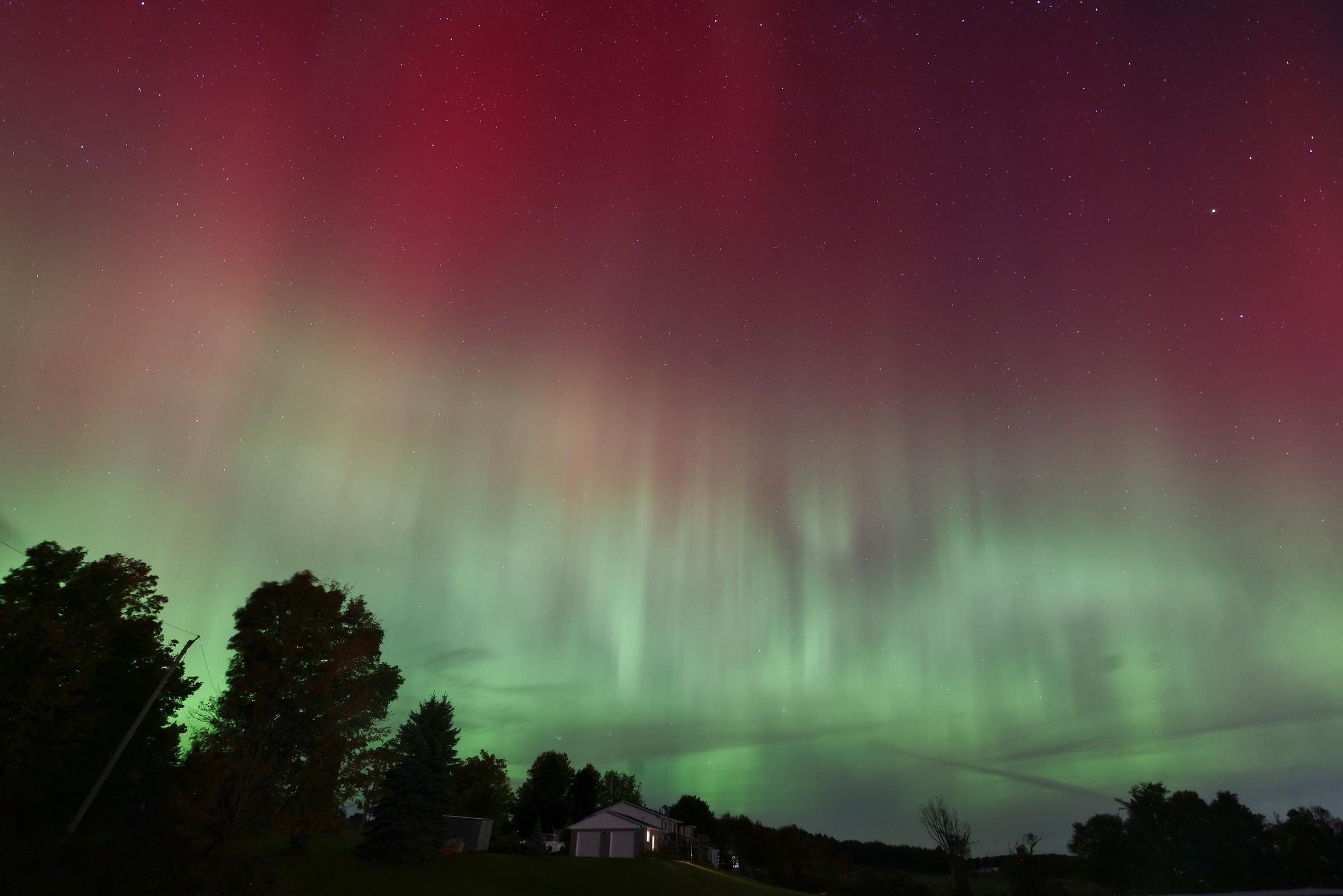
The Aurora borealis, or the northern lights, illuminates the night sky in Shelburne, Toronto, Canada on October 11, 2024 | Source: Getty Images
Specific states likely to witness the aurora on the northern horizon include Alaska, Washington, Idaho, Montana, North Dakota, and Minnesota.
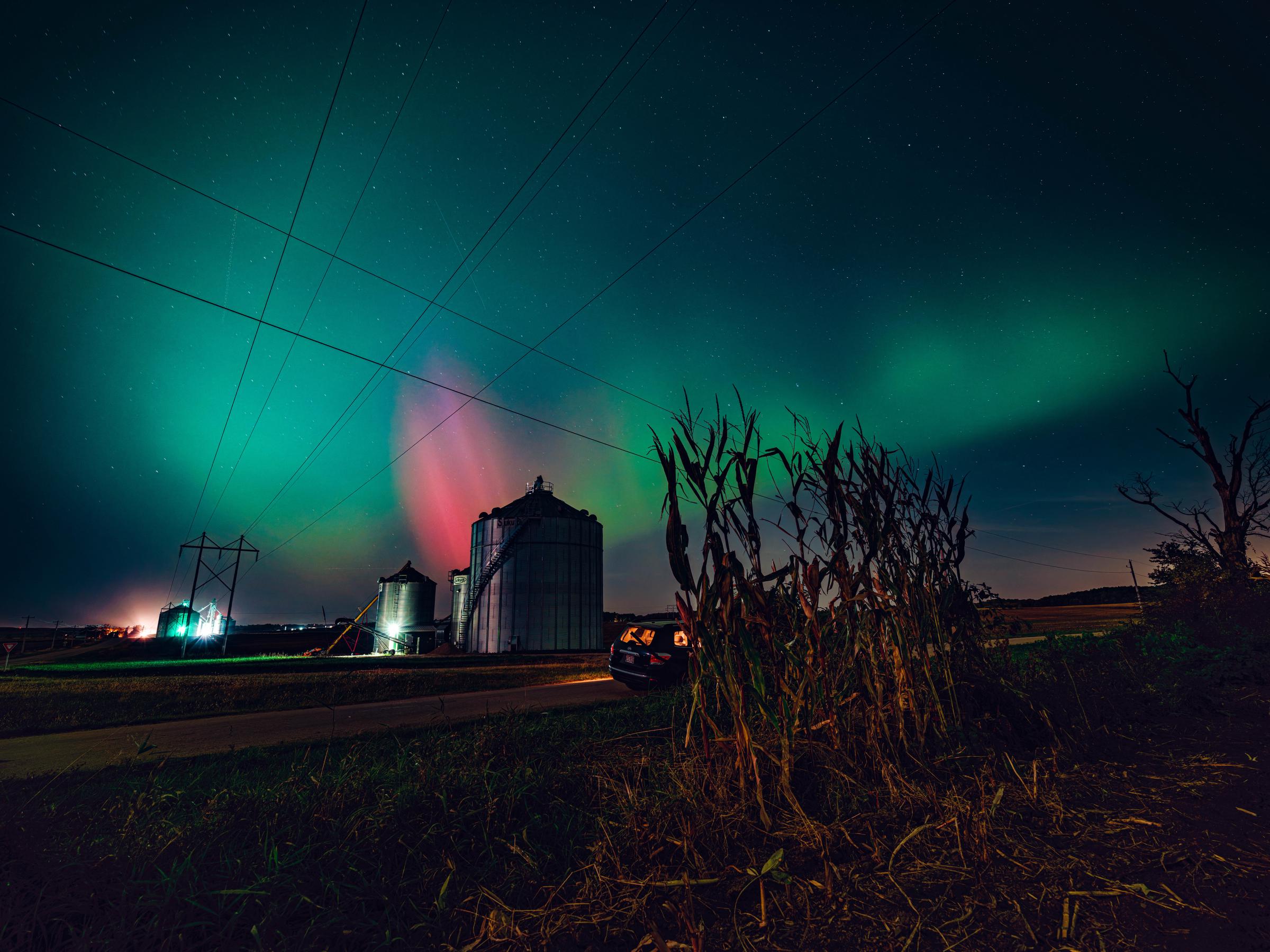
The Northern Lights in Wisconsin in 2024. | Source: Getty Images
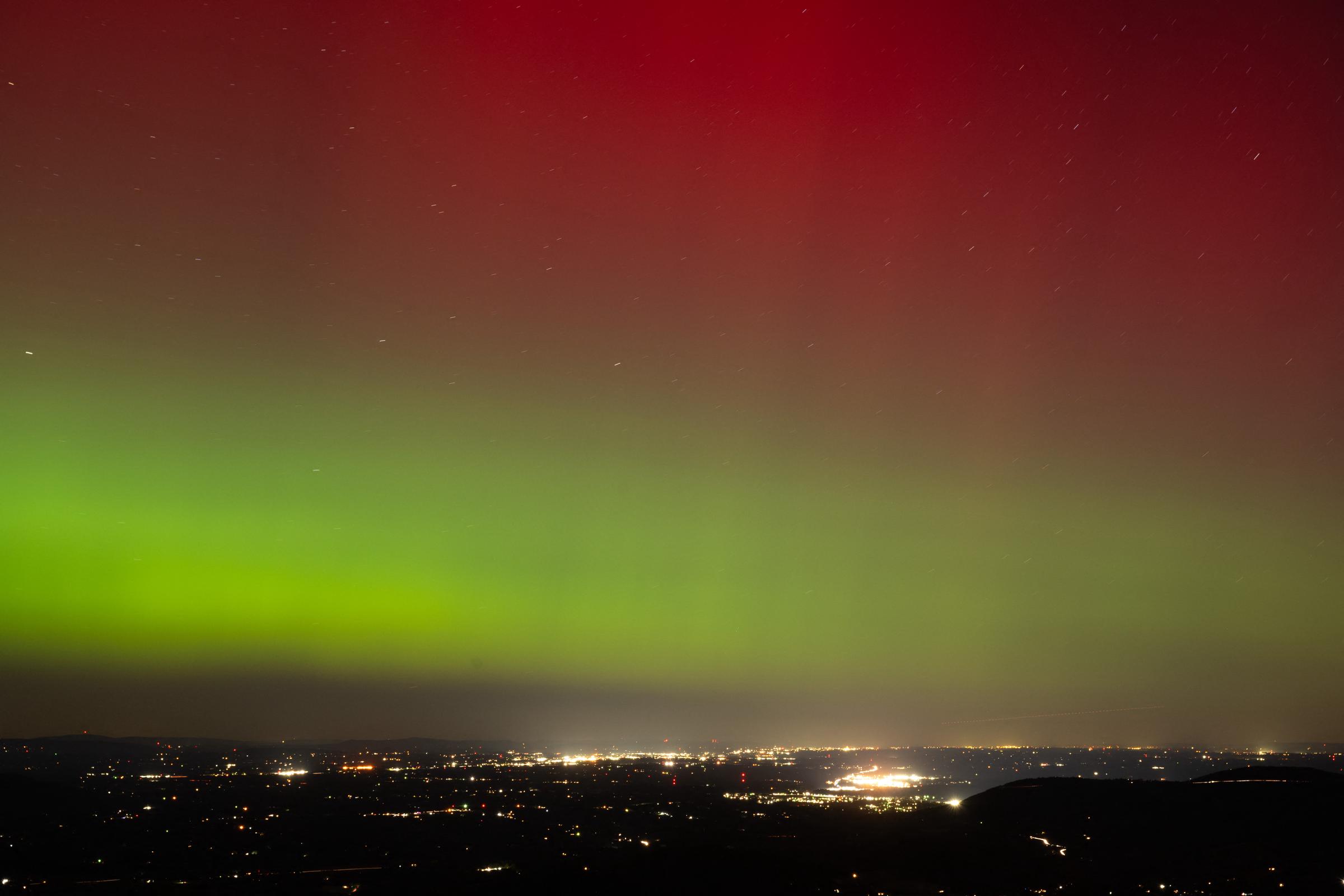
The Northern Lights in Rileyville, Virginia on October 10, 2024 | Source: Getty Images
The SWPC’s forecast, which is subject to change, uses green and red colors to indicate the location, brightness, and intensity of the aurora, with green symbolizing the first two, and red the latter.
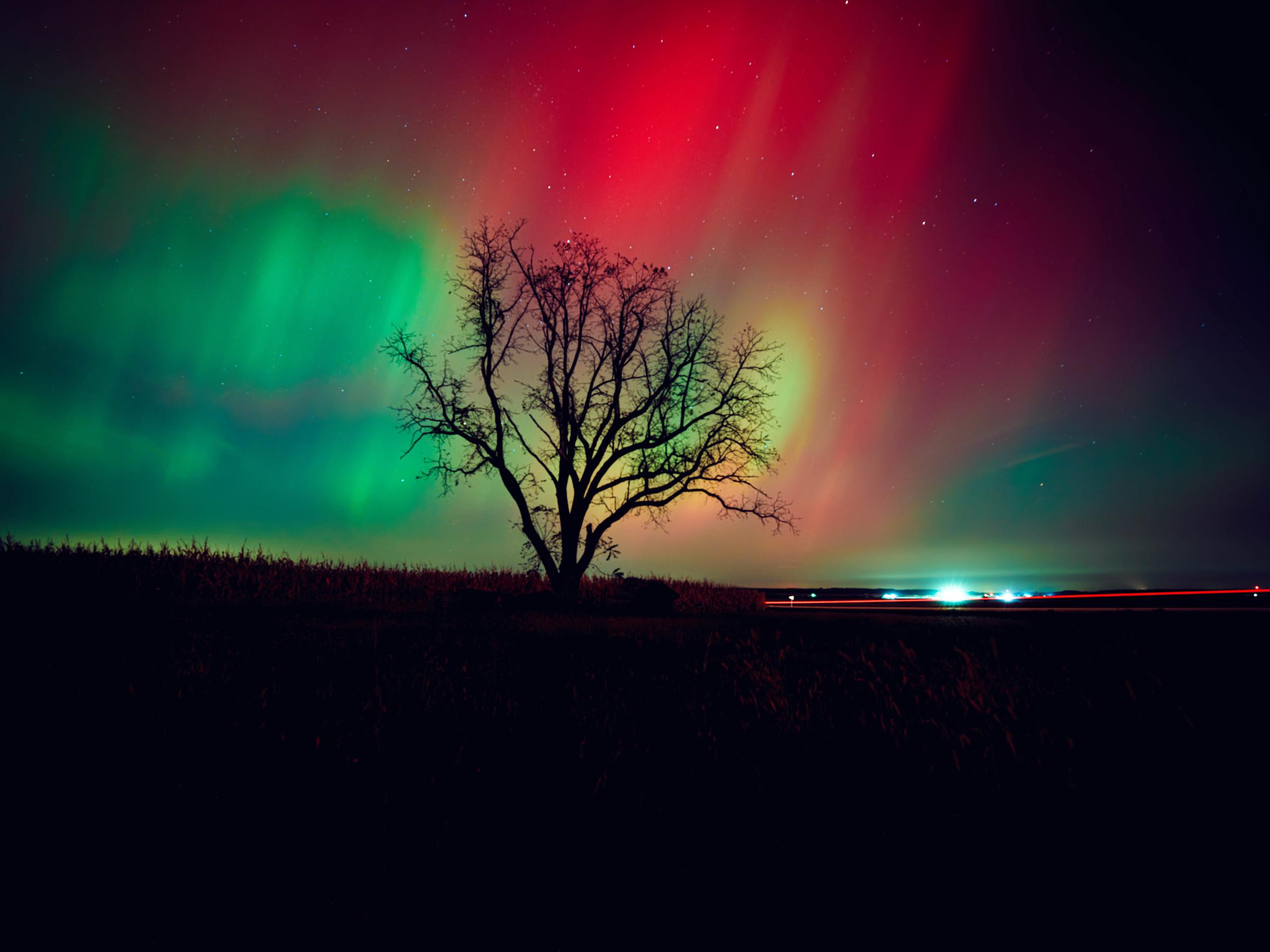
The night sky in Wisconsin glows with the Northern Lights in 2024. | Source: Getty Images
The Northern Lights don’t need to be directly positioned high above in the sky, as the light spectacle can be observed from as far as 1000 km away should the conditions be right and when the aurora is bright enough.
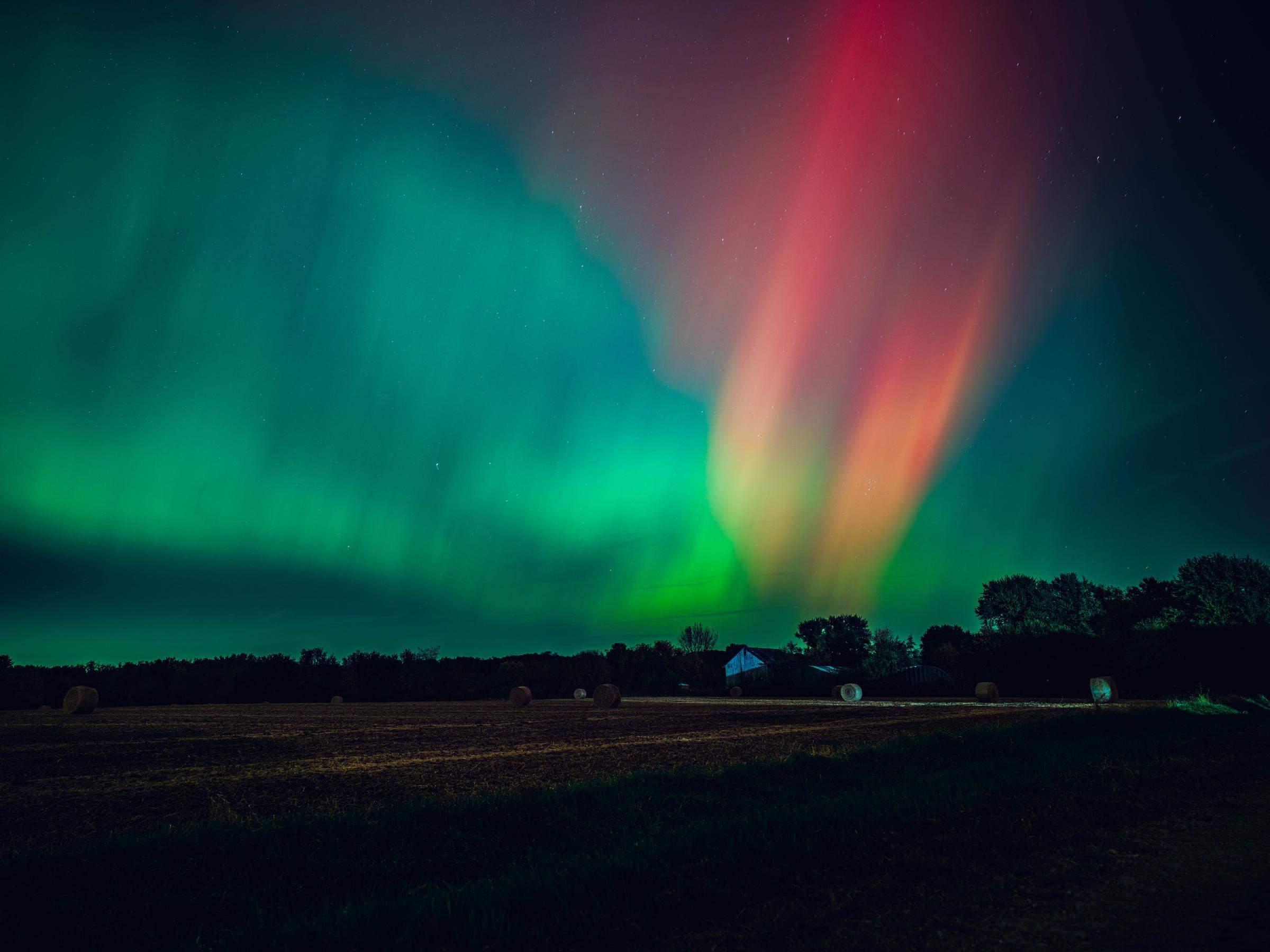
The Northern Lights seen over Wisconsin in 2024. | Source: Getty Images
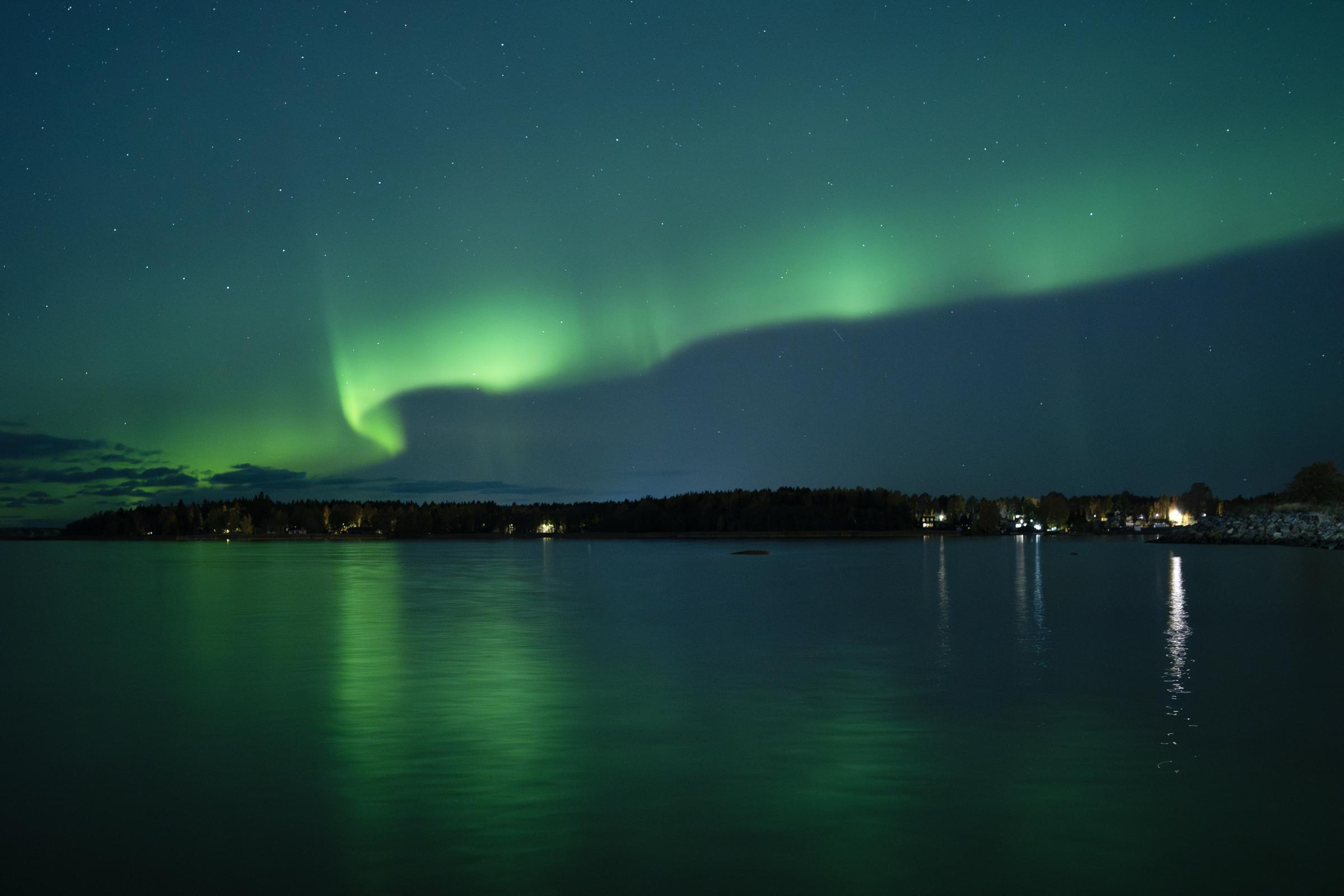
The Northern Lights above North of Vaasa, western Finland on October 11, 2024 | Source: Getty Images
Civilians should go outside at night, and move away from city lights, as the moon tends to diminish the apparent brightness of the aurora, but not its actual radiance.
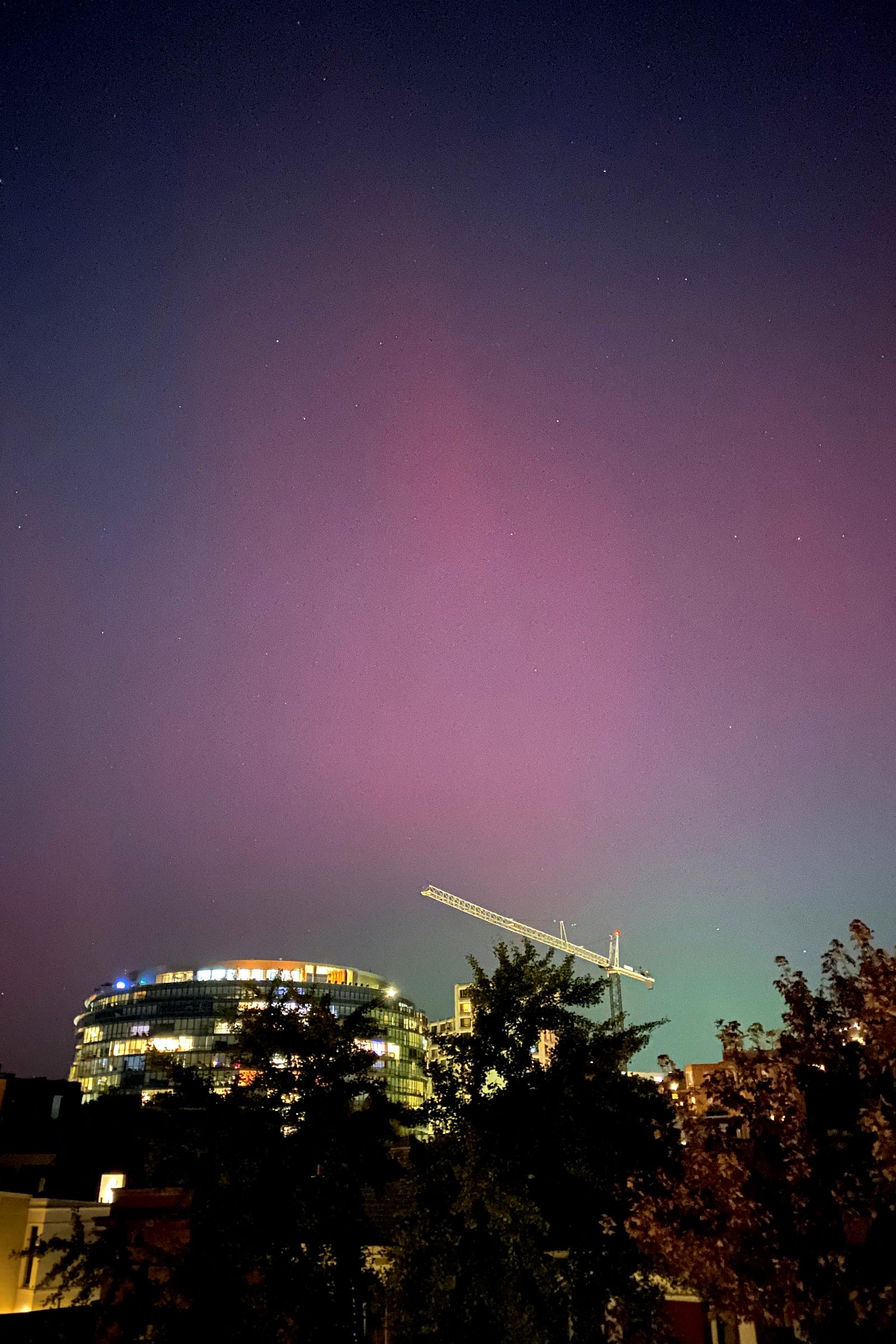
The Northern lights seen over Washington, DC on October 10, 2024 | Source: Getty Images
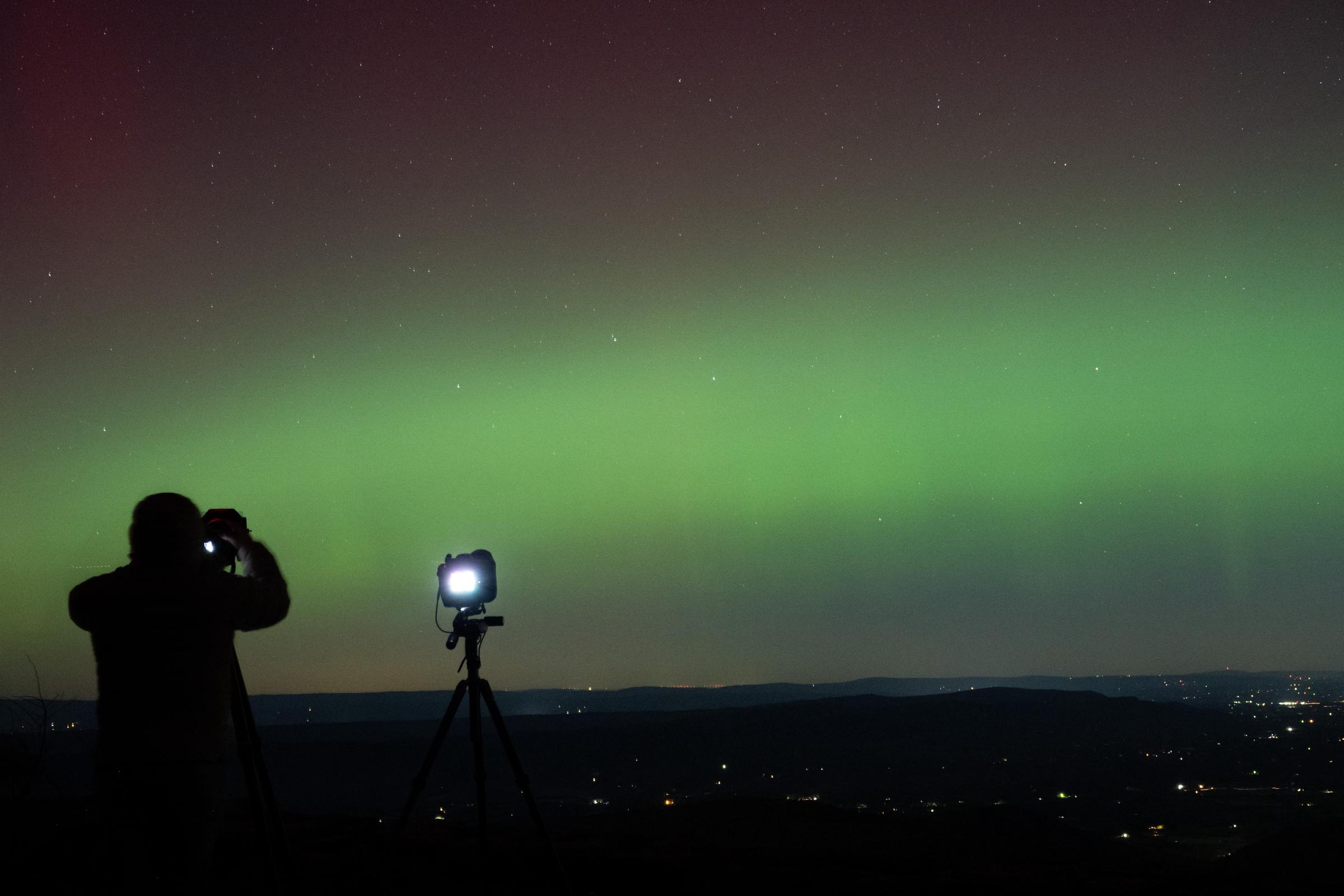
A photographer takes pictures of aurora borealis in Rileyville, Virginia on October 10, 2024 | Source: Getty Images
This means that those looking to combine a summer vacation to the Arctic with the timing of the aurora occurrence will not succeed. This is because, while the aurora may be present, it will only be visible in the dark.
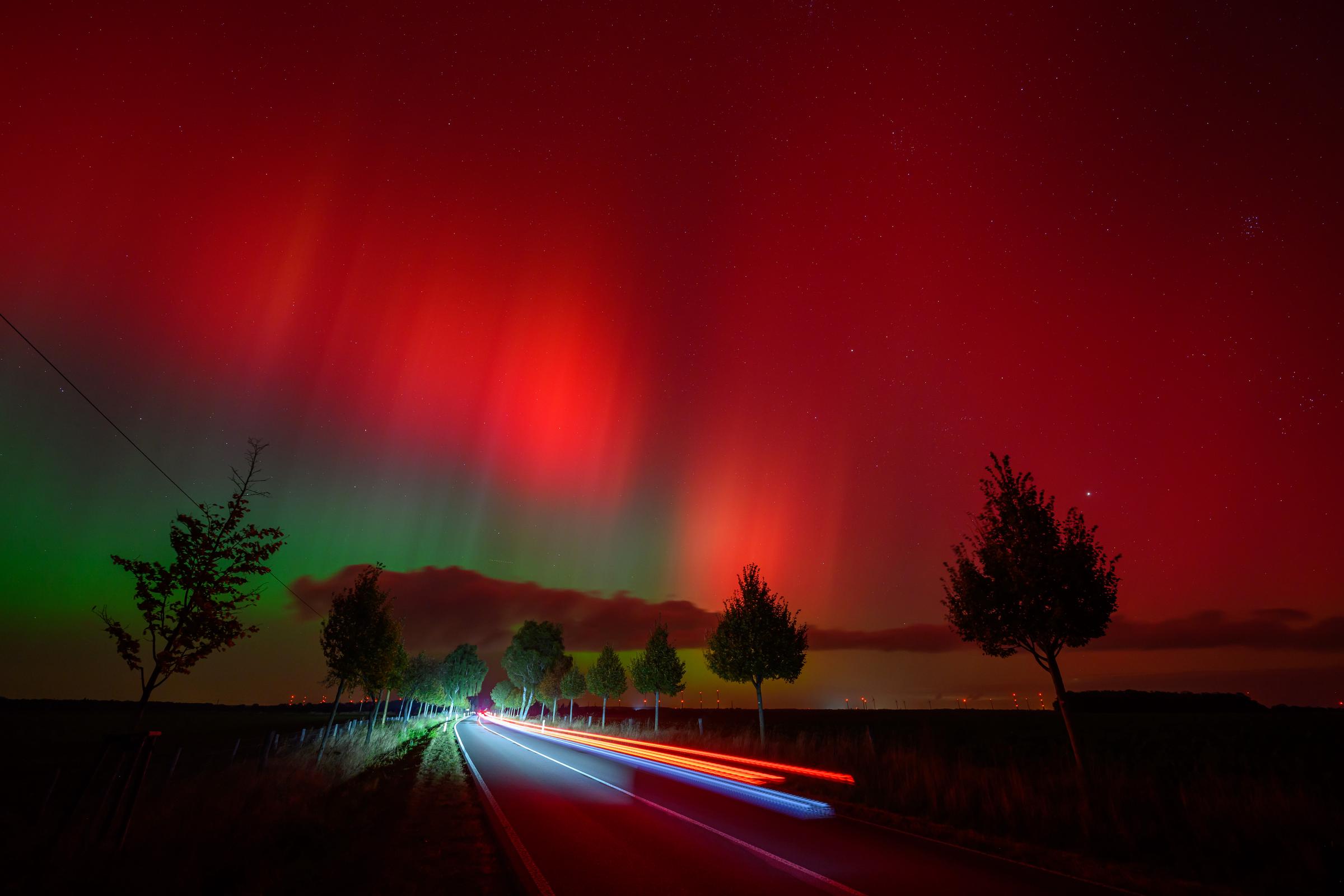
The Northern Lights illuminate the skies in Brandenburg, Lietzen on October 10, 2024 | Source: Getty Images
The best seasons for observation are around springtime and fall equinoxes, due to the existence of subtleties in the way solar wind interacts with the Earth’s magnetosphere.
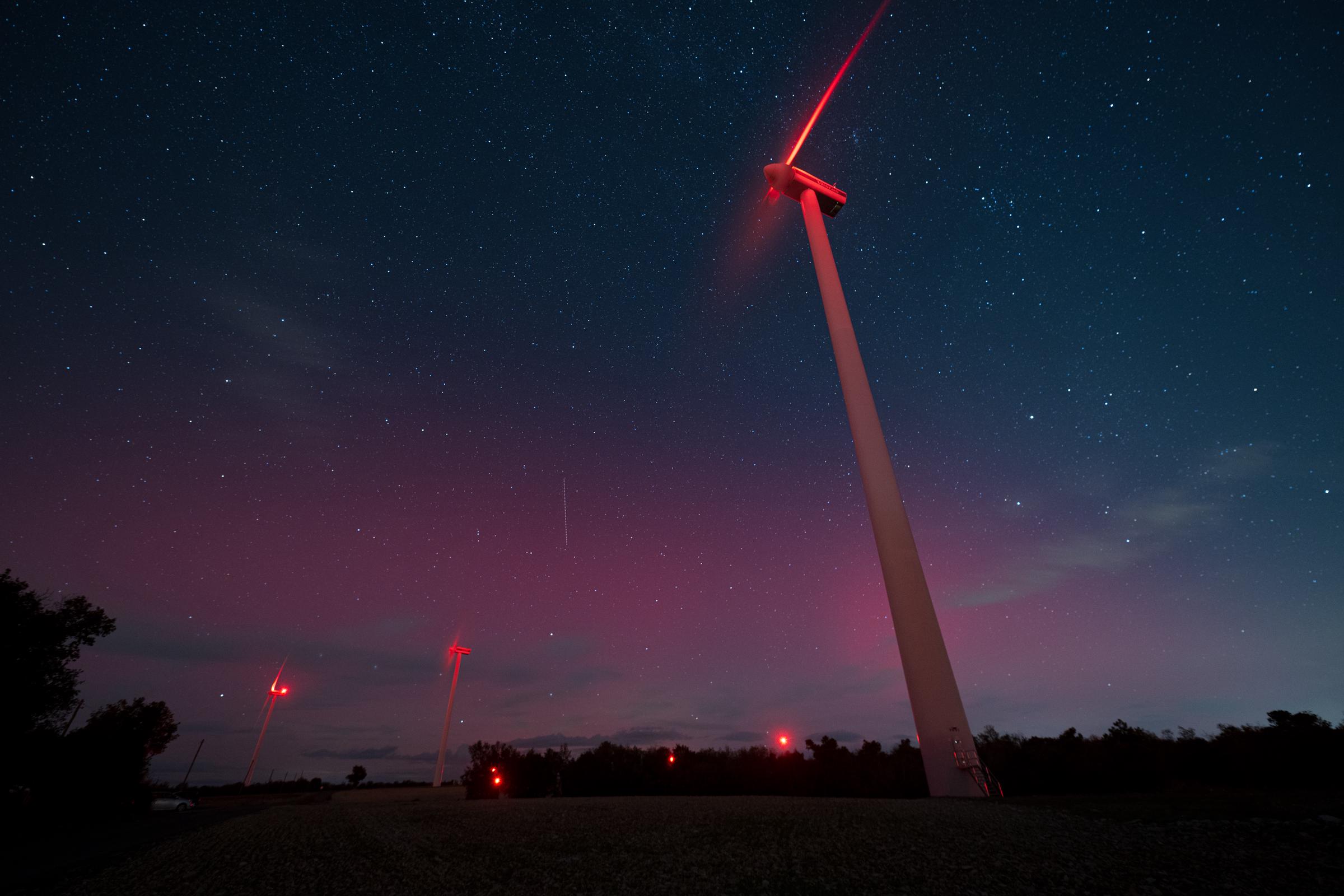
The Northern Lights in Pujalt, Barcelona, Catalonia, Spain on October 11, 2024 | Source: Getty Images
Continuing, they noted, “However, the number of hours of darkness decreases (increases) rapidly near the spring (fall) equinox so this caveat must be considered for those traveling to see the aurora.”
After many people had observed the phenomenon on October 10, the Space Weather Prediction Center confirmed that those who may have missed the aurora would have another chance to see it on October 11.
The celestial display isn’t just a visual wonder; it also serves as an indicator of geomagnetic storm conditions, which can impact various technologies, including radio communication and GPS navigation.
The SWPC emphasized the aurora borealis as an exceptional opportunity for many to experience the wonders of space weather, as it is a captivating nighttime display that entices people to journey to Arctic regions to witness its beauty.
At the time, the SWPC also suggested that civilians find a high vantage point, like a hill, to watch the spectacle, as this would enhance the viewing experience.
Other parts of the world had an opportunity to witness the auroras, as the Meteorological Office predicted that although cloudy skies would obstruct visibility across most of the U.K., Scotland was likely to have a clear view.


